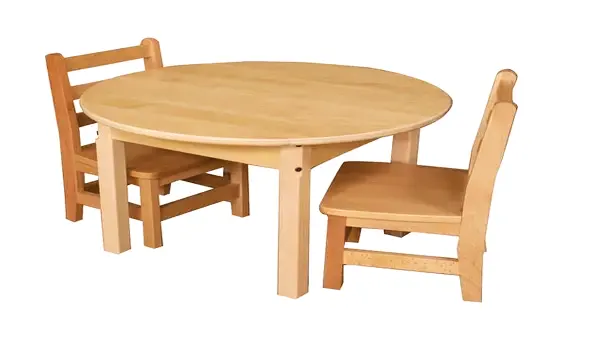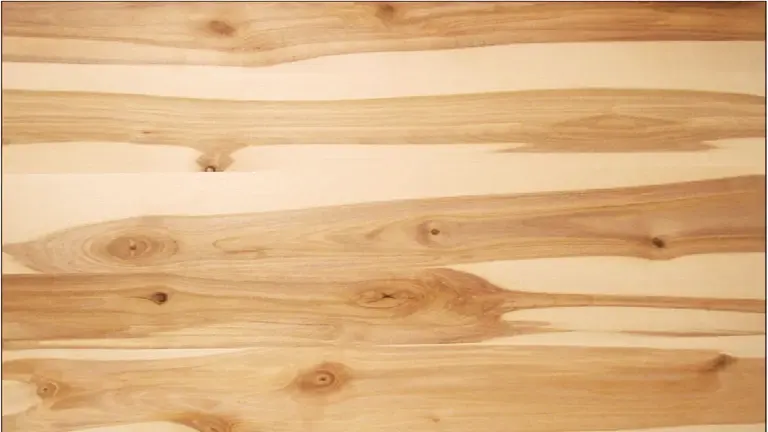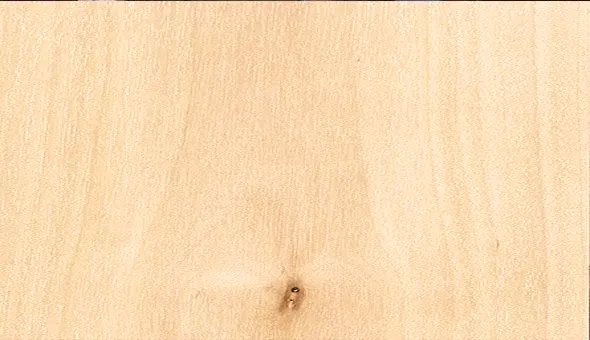Birch Lumber
- July 27, 2023
- 0 comment
Birch lumber, with its sought-after qualities, holds a position of prominence as a favored and versatile hardwood. Respected for its remarkable robustness, it proves to be a reliable choice for a wide array of projects. The refined texture of birch wood adds to its allure, lending a touch of sophistication to the finished products.

This lumber is sourced from various species within the Betula genus, which ensures a diverse supply and allows it to flourish in different regions worldwide. Its exceptional properties make it a go-to material for woodworking, furniture crafting, cabinetry, and numerous other applications, showcasing its adaptability and broad appeal.
What sets birch lumber apart is its pleasing visual aesthetics, characterized by a pale hue and seamless grain pattern. These distinctive features make it an ideal option for both utilitarian and decorative endeavors, as the wood complements various styles and designs. Additionally, birch’s notable receptiveness to stains and finishes elevates its versatility further, as it can be transformed to suit specific color preferences and project requirements.
| Common Name(s) | Birch |
|---|---|
| Scientific Name | Various species in the Betula genus |
| Distribution | Northern temperate regions across North America, Europe, and Asia |
| Tree Size | Varies by species, generally medium to large-sized trees |
| Avg. Dried Weight | 41 lbs/ft^3 (655 kg/m^3) |
| Specific Gravity | 0.66 to 0.73 |
| Janka Hardness | Varies by species, but generally around 1,260 lbf (5,600 N) |
| Modulus of Rupture | 14,300 psi (98.6 MPa) |
| Elastic Modulus | 1.64 Mpsi (11.31 GPa) |
| Crushing Strength | 7,940 psi (54.8 MPa) |
| Shrinkage | Moderate; about 7-9% radial and tangential, 13-15% volumetric |
Characteristrics
Color/Appearance
Birch lumber showcases an elegant and delicate color palette, ranging from a light, pale yellow to a pristine white. Occasionally, the heartwood may exhibit subtle reddish-brown hues, adding depth and character to the wood’s appearance. The grain pattern of birch is a notable highlight, presenting itself in various styles, including straight, wavy, and even curly figuring.

Grain/Texture
One of the distinguishing features of birch lumber is its fine, uniform texture, which imparts a smooth and refined surface. The wood’s closed pores contribute to its even texture, allowing for a consistent finish when worked upon. The uniform grain pattern and texture make birch an excellent candidate for various woodworking projects that require a flawless, polished appearance.
Rot Resistance
Birch is not naturally resistant to decay, and therefore, it is crucial to take preventive measures to protect it from moisture and environmental exposure. Utilizing proper finishes, sealants, and avoiding outdoor use can ensure the longevity of birch wood and help retain its beauty over time.
Workability
Birch lumber is renowned for its exceptional workability, making it a joy to work with both hand and machine tools. The wood exhibits good machining properties and responds well to cutting, turning, and carving. However, it’s worth noting that due to its hardness, cutting edges may dull relatively faster when working with birch, so keeping tools sharp is essential for maintaining precision during woodworking projects.
Odor
One of the advantages of using birch wood is its lack of a distinctive odor. This makes it suitable for a wide range of applications, including items like food utensils and containers, where odors could be a concern.
Allergies/Toxicity
Birch is generally considered safe to handle, and it is not known to cause severe allergic reactions. However, like any woodworking material, birch dust can cause respiratory irritation, so proper safety precautions, such as using protective gear and dust collection systems, should be employed during sanding and machining operations.
Pricing/Availability
Birch lumber enjoys moderate abundance and availability, resulting in a relatively affordable price point. As a result, it becomes an attractive option for many woodworking projects, offering a balance between quality and cost-effectiveness.
Sustainability
Birch is generally considered a sustainable choice for woodworking. However, the sustainability of birch lumber heavily relies on responsible forestry practices and proper sourcing. Ensuring that birch wood is harvested from well-managed forests and certified sources can contribute to its eco-friendly reputation.


Common Uses
The versatility of birch lumber allows it to be utilized across a wide range of applications. From furniture making and cabinetry to flooring, veneer, plywood, and turned objects, birch’s adaptability and pleasing aesthetics have made it a staple material in various woodworking projects. Its popularity extends to specialty wood items as well, where its refined texture and attractive grain pattern add a touch of elegance to the finished products.
There are several species of birch trees that are commonly used for lumber. Some of the different kinds of birch lumber include:
- White Birch (Betula pendula/Betula pubescens): Also known as Silver Birch or European White Birch, this species is widely distributed across Europe and parts of Asia. It features a pale white to light yellow color and a distinctive peeling bark that adds to its visual appeal.
- Yellow Birch (Betula alleghaniensis): Native to North America, Yellow Birch is recognized for its golden to reddish-brown heartwood, often contrasting with its creamy white sapwood. It is a popular choice for furniture making and interior applications.
- Paper Birch (Betula papyrifera): Commonly found in North America, Paper Birch is known for its smooth, white bark that can be easily peeled off in thin layers. The wood has a light color, ranging from pale white to light brown, with occasional reddish tones.
- Sweet Birch (Betula lenta): Also called Black Birch or Cherry Birch, Sweet Birch is native to North America and is known for its reddish-brown heartwood and creamy white sapwood. The wood has a pleasant wintergreen scent when freshly cut.
- River Birch (Betula nigra): Native to North America, River Birch has a light brown to reddish-brown heartwood and creamy white sapwood. Its bark is distinctive, featuring shades of cream, orange, and pink, which often peel away in thin curls.
- Gray Birch (Betula populifolia): Found in North America, Gray Birch exhibits a grayish-white to light brown color. It has a smooth bark that is white with black markings, creating an attractive contrast.
- Alaska Birch (Betula neoalaskana): Native to Alaska and parts of Canada, Alaska Birch has a light-colored wood with hues ranging from creamy white to pale yellow. It is known for its excellent workability and beautiful grain patterns.
- Downy Birch (Betula pubescens): Native to Europe and Asia, Downy Birch has a light, creamy-colored wood with subtle grain patterns. The wood is known for its fine texture and ease of workability.
Frequently Asked Questions
- Is Birch hardwood or softwood?
Birch is a hardwood, although it is sometimes confused with softwoods due to its lighter weight and relatively fast growth compared to some other hardwoods. - Is Birch good for outdoor projects?
While birch is not naturally durable against decay and weather exposure, it can be used for exterior projects if properly treated with preservatives and finishes. - Can Birch be stained?
Yes, birch can take stains and finishes well, allowing for a variety of color options while still showcasing its attractive grain pattern. - Is Birch easy to carve?
Yes, birch’s fine texture and moderate hardness make it relatively easy to carve and work with various woodworking techniques.
We’re eager to hear from you! Please take a moment to share your personal experiences and thoughts about Birch Lumber in the comments section below. Your valuable insights could be a game-changer for fellow enthusiasts, empowering them to make well-informed decisions when it comes to this versatile wood!


















Leave your comment